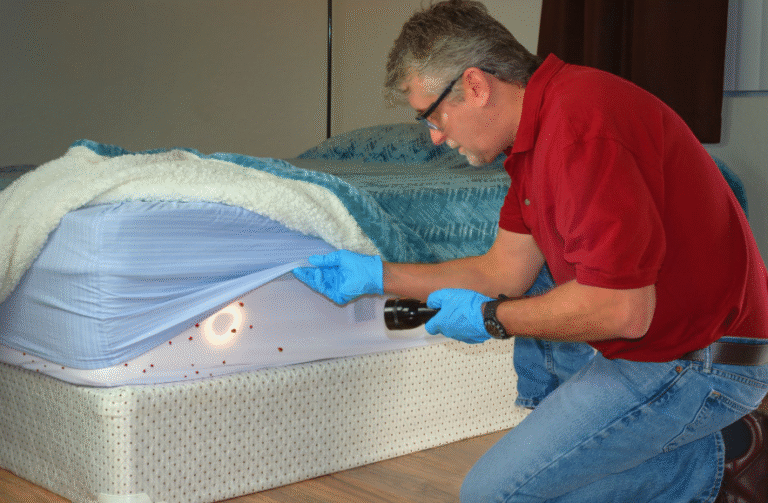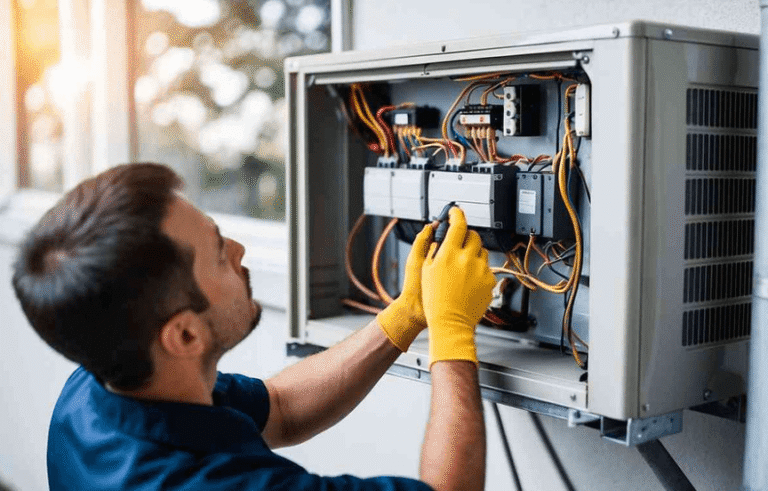The Perfect Climate: Tips to Maintain a Comfortable Temperature in Your Home
Maintaining a comfortable temperature within your home is paramount to well-being, energy efficiency, and overall enjoyment of your living space. Whether battling scorching summers or chilly winters, a well-regulated indoor climate contributes significantly to your daily comfort.
Achieving this ideal balance doesn’t always require constant thermostat adjustments or expensive upgrades; often, it involves a combination of smart habits, strategic home improvements, and intelligent use of existing features to optimize thermal performance.
Seal Air Leaks Effectively
One of the most common culprits for uncomfortable temperatures and wasted energy is air leaks. Gaps around windows, doors, electrical outlets, and plumbing penetrations allow conditioned air to escape and unconditioned air to infiltrate.
Regularly inspect these areas and seal them with caulk for smaller gaps or weatherstripping for moving components like doors and windows.
This simple, cost-effective measure can significantly reduce drafts and stabilize indoor temperatures, making your home feel more comfortable and energy-efficient.
Optimize Insulation in Walls and Attic
Insulation acts as a critical barrier against heat transfer. Ensuring that your walls and, especially, your attic are adequately insulated is vital for maintaining a comfortable home temperature.
Heat rises, so a well-insulated attic can prevent a significant amount of heat from escaping in winter and entering in summer.
Adding insulation, or topping up existing insulation to recommended levels, can lead to substantial improvements in thermal comfort and noticeable reductions in energy consumption.
See also: How to Get Rid of Bedbugs in Apartments
Smart Thermostat Usage
A smart thermostat is a powerful tool for temperature management. These devices learn your preferences and can be programmed to adjust temperatures based on your schedule, even allowing remote control via a smartphone.
By setting back temperatures when you’re away or asleep, you can conserve energy without sacrificing comfort during occupied hours.
Many smart thermostats also offer energy usage reports, helping you identify patterns and further optimize your home’s heating and cooling.
Strategic Sun Control: Residential Privacy Window Film
Sunlight, while desirable, can contribute significantly to heat gain in warmer months, making rooms uncomfortably hot. Applying residential privacy window film is an excellent solution to manage this.
These specialized films block a substantial amount of solar heat and harmful UV rays without significantly reducing visible light.
Beyond temperature control, residential privacy window film also adds an extra layer of privacy, preventing outside views into your home while maintaining your outward visibility. It’s a discreet yet highly effective way to keep your home cooler and more comfortable.
Versatile Light and Heat Management: Window Shades
Another highly effective tool for temperature regulation and privacy are window shades. Available in various materials and opacities, shades can be strategically deployed to block intense sunlight and reduce solar heat gain during the day.
During colder periods, drawing shades at night can add an extra layer of insulation, helping to retain heat indoors.
Cellular shades, for instance, are particularly effective insulators due to their unique honeycomb structure, offering significant thermal benefits. Using window shades intelligently can dramatically impact your home’s internal climate.
Regular HVAC Maintenance
Your heating, ventilation, and air conditioning (HVAC) system is the heart of your home’s climate control. Regular professional maintenance is crucial for its efficient operation.
This includes changing air filters monthly, scheduling annual tune-ups by a certified technician, and ensuring vents are clear of obstructions.
A well-maintained HVAC system runs more efficiently, provides more consistent heating and cooling, and is less prone to breakdowns, all of which contribute directly to maintaining a comfortable temperature in your home.





